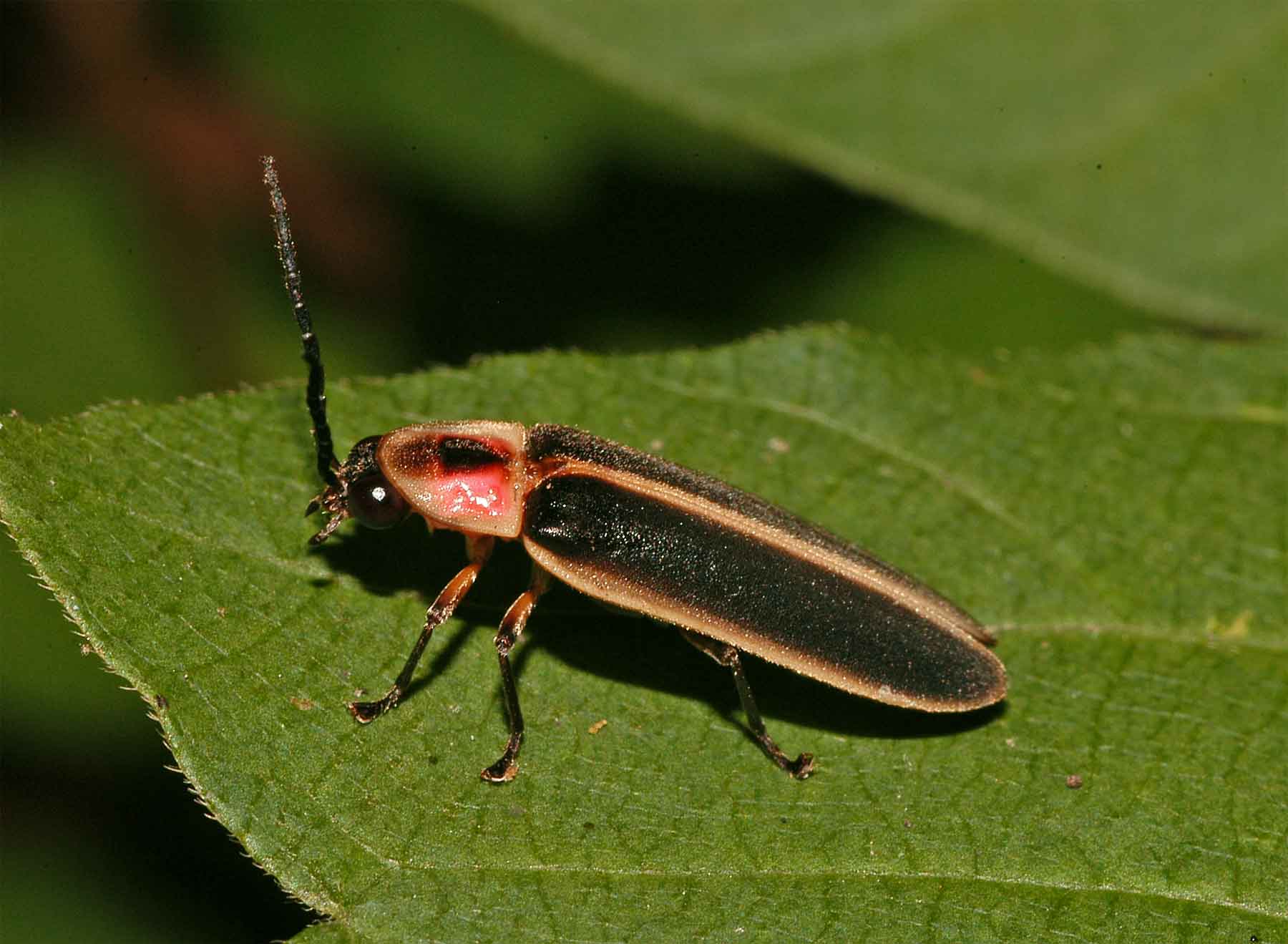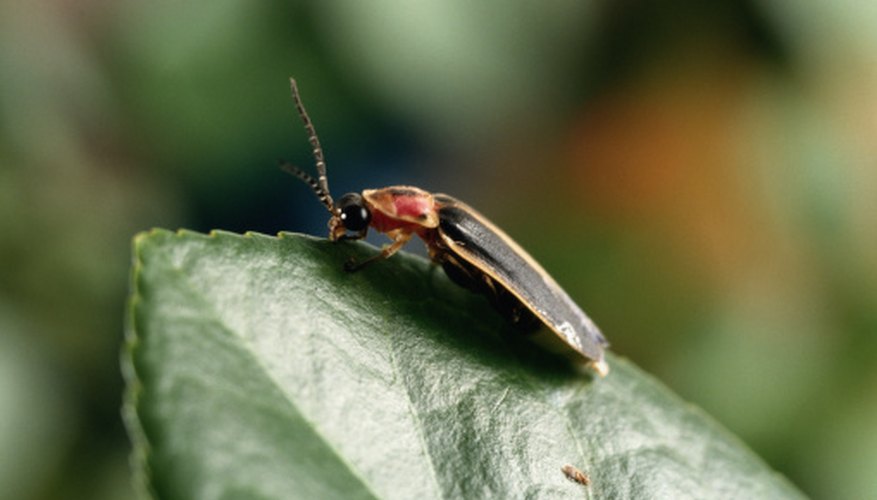

Using chemicals to rid the land of snails or slugs also contributes to the decline of lightning bugs. When they are incapable of doing so due to too much light, they die. Lightning bugs use their glow patterns to locate males. Light pollution –interferes with the natural habitat of lightning bugs.Scientists have also found that lightning bugs play a vital role in the field of medicine. In fact, they are beneficial as they play a crucial role as pollinators. Although the intent of using pesticides is to rid vegetation of pests, lightning bugs pose no threat. Pesticides –when lightning bugs consume plants exposed to pesticides, they die.Some of the reasons leading to their decline are: Lightning bug populations are dwindling all over the globe due to several factors, primarily human interference. They eat the male lightning bugs to acquire toxins that they deposit into their eggs to act as a chemical defense for their young ones. The Photuris imitate the flash patterns of other lightning bug species to lure unsuspecting males to their doom. They then proceed to suck the insides of their prey directly to speed up the digestion process.įemale lightning bug adults of the species Photuris feed on male lightning bugs, earning them the tag ‘ femme fatales.‘ Instead, they inject them with a unique poison that liquefies the victim. Other insects –several firefly species that prey on other insects don’t chew or swallow their victims.Pollen –fireflies gain the energy required to carry out their daily activities.They prefer the sweeter and more floral species that have a lot of pollen. Nectar –lightning bugs visit all plants to feed on nectar.On that account, things adult lightning bugs like to eat most is as follows: Adults only live for a few weeks, and their main goal is to mate.įor this reason, most lightning bugs either feed very little or nothing at all. Lightning bugs spend most of their lives as larvae, and this is when most feeding occurs. Other larvae –lightning bugs are also known to prey on each other in adult and larva stages.Slugs –just like snails are part of the lightning bugs staple diet.Snails –are found in the natural habitats of lightning bugs and act as a staple diet.In their larvae stage, lightning bugs feed on: Adults eat little, and sometimes they don’t eat at all. As larvae, they are carnivorous and prey on other animals and insects. The diets of adult lightning bugs and those of their young differ. A large portion of their lives is spent as larvae. Lightning bugs possess the ability to glow.

Females of the species Lamprigera can grow close to the size of your palm. Kleptoparasitism is where an animal acquires resources from another animal, normally food, through theft.ĭo you know that there are giant lightning bugs? Yes. The female fireflies exhibit a behavior known as kleptoparasitism.

In some species of lightning bugs, females sneak onto spider webs to steal prey. Their adult counterparts’ diets vary as, like bees, they have a sweet tooth –they feed on nectar. Glowworms are carnivorous and prey on snails, slugs, and other larvae. Some by burrowing themselves underground, and others prefer to find a cozy place under tree barks. Few are active both at night and daytime.ĭuring winter, glowworms hibernate.

The offspring of lightning bugs are known as glow worms.Īll species of lightning bugs glow in their larvae stage, whereas on reaching maturity, not all possess the power to light.įireflies are primarily nocturnal and are therefore active at night. Lightning bugs inhabit wetland areas or marshes where their offspring (larvae) will have plenty of food sources. They excrete toxins similar to those found in poisonous toads, and therefore predators tend to avoid eating them. Most lightning bugs are distasteful to predators. They use their unique ‘super power’ of glow to find mates, lure prey, or warn predators of their bad taste or toxicity. But when observed from a close distance, it actually glows green. Some species found in the eastern parts of the United States appear to produce a blue-ish color from afar. Most either produce a green, yellow or pale red color. The color of their glow varies from species to species. They are soft-bodied beetles that glow in the dark from their low abdomen (belly).ĭid you know there are over 2,000 different species of lightning bugs? Surprisingly, not all of them glow in their adult stage. Lightning bugs or fireflies are actually beetles.


 0 kommentar(er)
0 kommentar(er)
